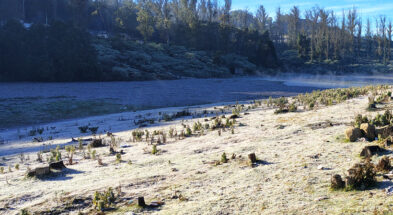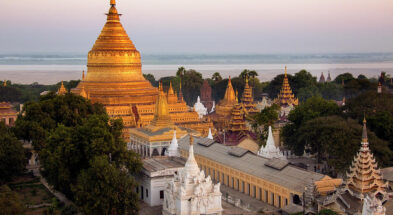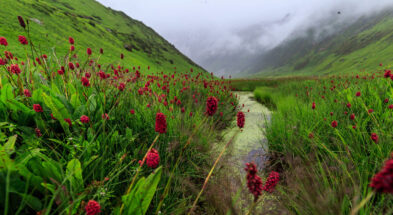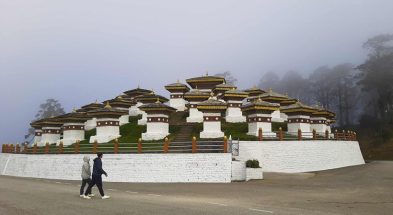Have you ever heard about floating islands? Have you ever visited a lake with floating biomass? If you want to witness such mesmerising scenery, Loktak Lake in Manipur is open for you. Loktak Lake is the largest freshwater lake in North East India and is located in Manipur.
The lake is famous for the floating phumdis (heterogeneous mass of vegetation, soil and organic matter at various stages of decomposition) over it. The Manipur river feeds Loktak Lake along with several tributaries. The river has also been known as Manipur state’s lifeline, as it serves as a source of water for hydropower generation, irrigation and drinking water supply.
The largest phumdi among them covers 40 km2 (15 sq mi) and is located on the southeastern shore of the lake. This phumdi is also the home to KeibulLamjao National Park, the only floating national park globally. The park is the last natural roof to the endangered Sangai (state animal), Rucervuseldii or Manipur brown-antlered deer (Cervuseldi), one of three subspecies of Eld’s deer. There are two watchtowers and two rest houses managed and maintained by the Forest Department of Manipur.
The phumdis are also home to around 200 aquatic plants and 400 species of animals, including the rare Indian python.
Location
The lake is located in Bishnupur District which is 48kms away from Imphal, the capital of Manipur. The place is a beautiful stretch of water with a resemblance to a miniature inland sea. Tourists and Travelers can get a bird’s eye view of the lake from Sendra.
Fishermen living in the floating islands, also known as Phumsangs, are one of this lake’s unique sights. Tourist homes are also available with an attached cafeteria near the lake. Water sports like boating and other activities are organised at Takmu Water Sports Complex. During the 1980s, a dam called Ithai had been constructed to provide power for India’s northeast states. But this has become a threat to the life of the islands. The dam south of Loktak Lake has caused water levels to remain high year-round, preventing the phumdis from sinking and reaching the lakebed for nutrients. As a result, the phumdis are slowly thinning and breaking apart. Considering the lake’s ecological status and its biodiversity values, it was initially designated as a wetland of international importance under the Ramsar Convention on 23 March 1990.



















